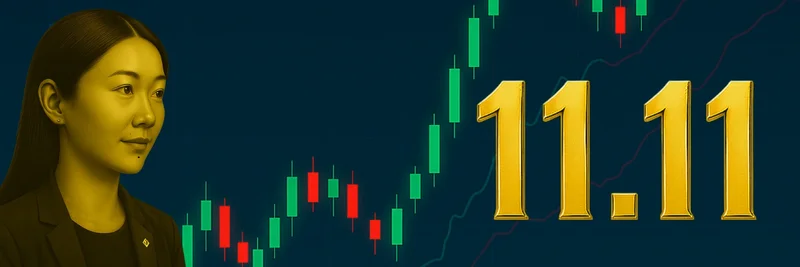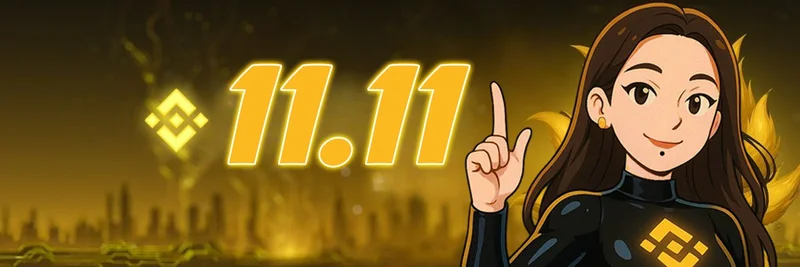In a recent tweet, Anatoly Yakovenko, co-founder of Solana, sparked a conversation about the future of smart contract development with AI. He suggested that the "gold prize" for AI-generated, or "vibe-coded," smart contracts should be the ability to generate formal proofs. This idea is not just a technical challenge but a potential game-changer for the blockchain industry, especially in the context of meme tokens and decentralized applications (dApps).
What Are Vibe-Coded Smart Contracts?
Vibe-coded smart contracts refer to the practice of using AI to generate code from natural language prompts. This approach, often dubbed "vibe coding," allows developers and even non-developers to create smart contracts by simply describing what they want the contract to do. For instance, platforms like Poof enable users to build Solana dApps in minutes by leveraging AI agents that handle everything from databases to user interfaces.
While this method accelerates development, it also introduces risks, particularly in the high-stakes world of blockchain where security is paramount. As Audita points out, vibe-coded smart contracts should never handle user funds without expert verification, emphasizing the need for rigorous security audits.
The Importance of Formal Proofs
Formal proofs are mathematical demonstrations that a smart contract adheres to its specified requirements. They are crucial because even a minor deviation from these specifications can render a contract insecure. According to Halborn, formal verification involves creating proofs that justify the correctness of a formal specification, ensuring that the smart contract behaves as intended under all circumstances.
Yakovenko's tweet highlights a vision where AI not only generates the code but also produces these formal proofs automatically. This would significantly enhance the security and reliability of smart contracts, making them more trustworthy for applications like meme tokens, which often involve rapid development and deployment.
Why This Matters for Meme Tokens
Meme tokens, known for their viral nature and quick market movements, are particularly vulnerable to security issues. The integration of AI in their development, as discussed by Appinventiv, can unlock potential by enhancing security and transparency. However, without formal proofs, the risk of vulnerabilities remains high.
Imagine a scenario where a meme token's smart contract is vibe-coded but lacks formal verification. A small oversight could lead to significant financial losses for users. By contrast, if AI could generate both the contract and its formal proof, the confidence in such tokens would skyrocket, potentially attracting more investors and developers to the ecosystem.
The Road Ahead
The concept of AI-generated formal proofs is still in its infancy, but it represents a promising direction for blockchain technology. As Poof continues to innovate with its mainnet rollout, the focus on security through formal verification could become a standard practice. This aligns with the broader trend of AI and blockchain integration, where businesses are leveraging these technologies to ensure data integrity and trustworthiness.
For blockchain practitioners, understanding this evolution is crucial. Platforms like Meme Insider are at the forefront of reporting such developments, helping the community stay informed about the latest technological advancements. As we move forward, the synergy between AI, formal proofs, and smart contracts could redefine how we build and trust decentralized applications, making the blockchain space more secure and accessible than ever before.




